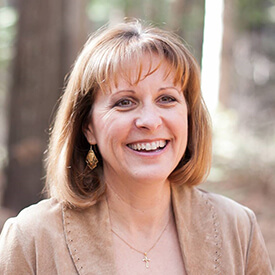found new pdf: /media/0sefwcku/sed-902.pdf
sylabiUrl: /media/0sefwcku/sed-902.pdf
syllabusPDFNodeSet: True
lastCourseSync: 12/2/2025 9:14:00 PM
lastSessionSync: 12/2/2025 9:14:00 PM
lastPDFSync: 12/13/2025 3:55:14 AM
syllabusPDFNodeSet: True | sylabiUrl: /media/0sefwcku/sed-902.pdf
Public Law, Private Schools, & Special Education
Students learn about the identification process under the Individuals with Disabilities Education Act, including the identification of children in private schools. Students learn how to read a psycho-educational report and how to write SMART individualized education plans, individualized service plans, individualized transition plans, and individualized family service plans.
NOTE: Required textbook must be acquired separately.
This course is applicable towards the Exceptional Children Certificate.
NOTE: Required textbook must be acquired separately.
This course is applicable towards the Exceptional Children Certificate.
More courses that may interest you:
SED-901
High Incidence Disabilities
In this course you will be provided with an overview of the most common disabilities found in private and public schools: learning disabilities, other health impairments - AD/HD, asthma, diabetes ...
ART-900
Drawing Magic
Explore exciting and unusual approaches to drawing using a variety of materials and techniques. In addition to enhancing creativity, this course is loaded with endless opportunities for critical think...
SED-907
Response to Intervention (RTI) / Multi-Tiered Systems of Support (MTSS)
This course introduces the practice of Response to Intervention (RTI), and how it identifies challenging behavior and students at risk for poor learning outcomes. Students will also learn about RTI's ...

Dr. Julie Lane
Instructor
As an educator, I find great value in collaborating and consulting with community members, especially key constituencies in the educational process, including parents, teachers, school leaders, and their advocacy organizations, plus businesses, government entities, and nonprofit organizations with educational interests. Each has a contribution to make and is benefitted in helping to raise a child. In today’s world of multiple obligations, expectations, hazards, and uncertainties, children need to be guided and supported in the communities where they live and go to school. Moreover, building collaborative relationships and empowering community members creates networks of support that help children to recognize their value in facing the challenges of life.